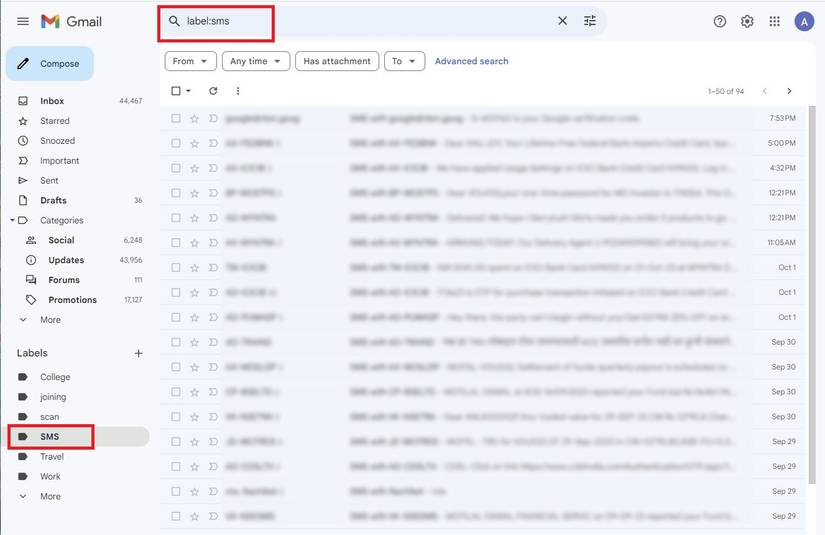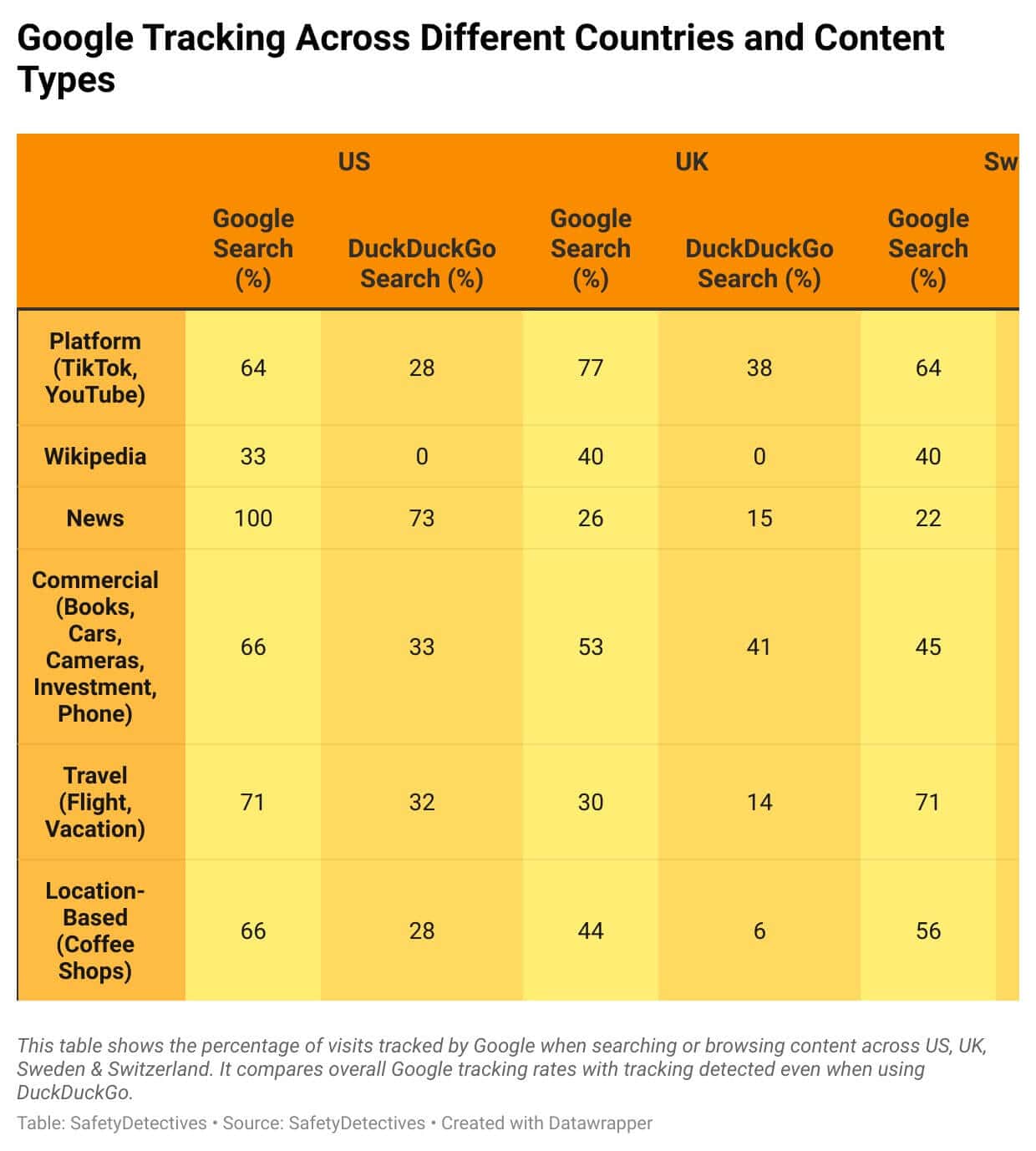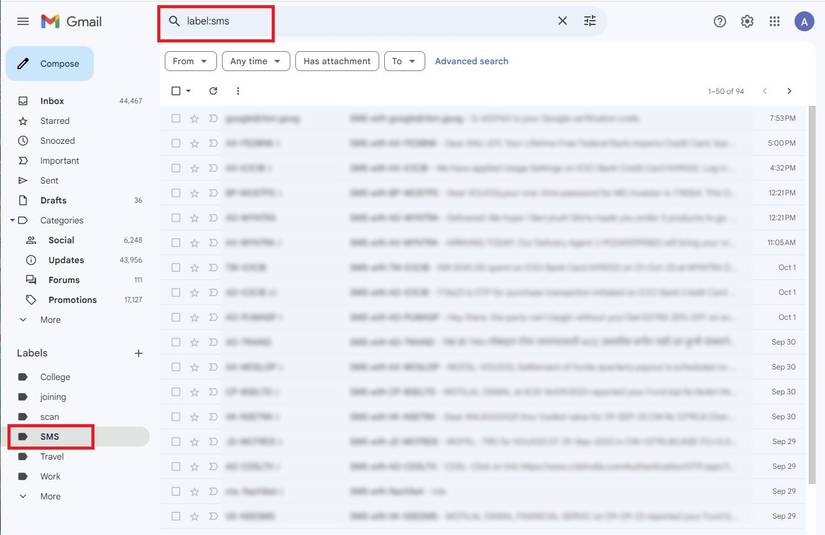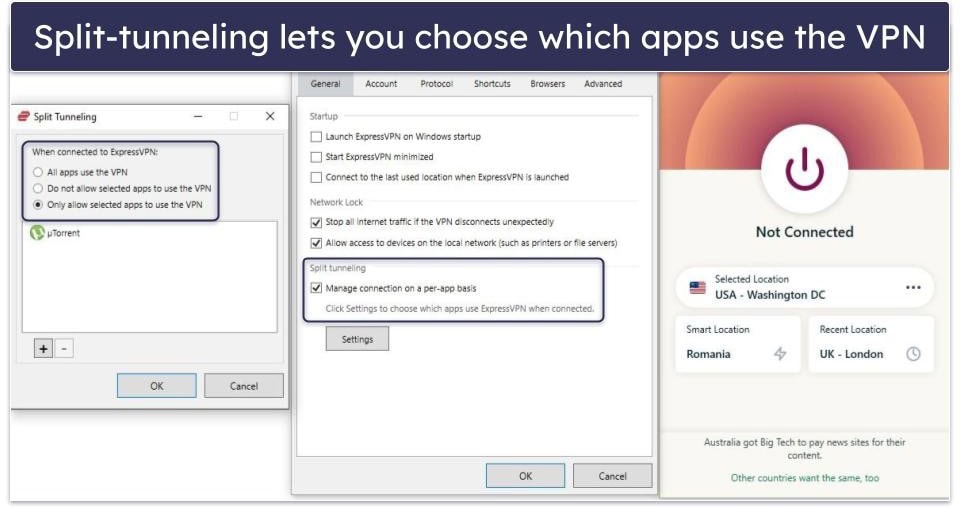Shipra Sanganeria
Published on: July 1, 2025
Google is everywhere — in your emails, documents, maps, phone, in your working hours, and even in your leisure time. It’s become a part of our daily lives, and getting out of its ecosystem can feel impossible. But can switching to more privacy-focused options really help an ordinary user break free?
Even if you stop using Google products directly, your data might still pass through its servers without your knowledge. Many websites use tools like Google Analytics, embed YouTube videos, run Google ads, or rely on Google Cloud. One common example is reCAPTCHA — countless websites use this tool to verify you’re a human user, and (you guessed it) it belongs to Google, too.
To find out how deep Google’s reach goes, our research team at SafetyDetectives ran real-world browsing tests across four countries. We tracked how often Google appeared in the background as a third-party tracker or service.
The results were surprising. While some of Google’s programs are almost impossible to escape, others can be avoided with the right tools and even the right location.
Where Google Tracks You (And Where It Doesn’t)
Google’s presence across the web is vast and expands far beyond its own products. Even if users avoid using Google’s apps and services, its infrastructure — like analytics scripts, ad trackers, or other tools (maps, fonts, Google logins, or content delivery networks (CDNs)) — often track user activity and collect data across thousands of websites.
That said, tracking varies significantly depending on the type of content you access. Some content (like TikTok videos) triggers minimal Google tracking, while others (like YouTube videos) attract multiple trackers.
In our real-world search tests, we examined which type of content drew the most and the least tracking — even when using privacy-focused tools like DuckDuckGo or web browsing tools like Brave. The results showed consistent patterns, along with some unexpected gaps in Google’s reach.
Across multiple scenarios tested in the US, UK, Sweden, and Switzerland, some search results — particularly YouTube videos and product-related searches — showed a consistently higher likelihood of being tracked by Google, regardless of whether the initial search was through DuckDuckGo or Google.
This pattern was visible even when using privacy-focused tools, suggesting that the type of content or site visited plays a major role in how much tracking occurs. In contrast, searches that led to sites and platforms like Wikipedia or TikTok showed little or no Google tracking.
Google’s tracking is not simply limited to its own products — it tracks and collects data across many websites, especially those that make money through ads. Searches about things like phones, flights, or vacations often send data to Google, regardless of the search engine you use.
Although privacy-focused search engines like DuckDuckGo (DDG) help reduce tracking, successfully avoiding Google also depends on which websites you visit. For instance, platforms like Wikipedia and TikTok usually avoid Google tracking, especially via DuckDuckGo.
Can You Escape Google? Depends On Where You Are
Where you are in the world determines how much of your activity Google can track. Even when you use DuckDuckGo, the websites you visit are influenced by regional laws, content, and local hosting infrastructure. All of these shape how much of your data Google gets to collect.
In our tests across the US, UK, Switzerland, and Sweden, the differences were striking. We ran these tests in these four countries to understand how much Google’s tracking reach varies depending on where you are in the world. In some places, nearly every site triggered Google trackers, highlighting the regional variations in tracking intensity.
In the US, Google trackers were nearly unavoidable due to use of embedded analytics and ads, particularly on news pages, commercial sites, and platforms like YouTube.
In contrast, countries like Sweden and Switzerland recorded fewer actual instances of Google tracking, with DuckDuckGo effectively blocking trackers in many instances, especially when looking through Wikipedia articles or news pieces.
Google Analytics was the most widely used tracking service across all the four tested countries, appearing on nearly 50% of the sites visited. This reflects how deeply Google’s infrastructure is embedded into the web.
Even when Google isn’t directly involved, third-party sites using its tools effectively allow Google to track and collect user data. Google tools like fonts, APIs, or Gtag.js, were the second most frequent across most regions, with particularly high usage in Sweden and the US.
DoubleClick appeared most often as a tracker in Switzerland, while YouTube embeds were rare overall but still showed higher usage in the US and UK than in Sweden or Switzerland.
Even in regions with strict privacy laws — like the EU’s General Data Protection Regulation (GDPR) — Google services remain deeply embedded across the web. While GDPR technically requires user consent, many websites give visitors little choice, pushing them into accepting cookies simply to access content.
Sadly, while laws may slow tracking or increase transparency, they don’t fully stop Google from accessing your data.
Why Should You Care If Google Tracks You?
Google tracks and collects various types of behavioral data through services like Analytics, AdSense, Fonts, and APIs. This data includes what you read, buy, click on, or even where you go, depending on the sites and apps you use.
While Google’s tools (like fonts) are often free and high quality, the tradeoff is that the data they collect helps build a detailed user profile, which is used for targeted advertising, personalization, and product development.
Although alternatives exist, choosing them may simply transfer your data from one big tech company to another. Still, using diverse tools and being aware of who collects your data can help limit your exposure and give you better control over your online footprint.
Escaping Google: Can DuckDuckGo Really Help?
DuckDuckGo offers a more privacy-conscious alternative to popular search engines. In countries like Sweden and Switzerland, where strong data protection laws exist, sessions using DuckDuckGo triggered significantly fewer Google trackers than those using Google Search.
Google Analytics, for example, appeared on only 14%–17% of DuckDuckGo visits, compared to 45%–53% with Google.
However, DuckDuckGo is not a foolproof solution. Many websites (particularly news outlets, product listings, and commercial platforms) continue to load Google services such as DoubleClick and YouTube embeds, regardless of the search engine used.
In the US and UK, Google trackers still appeared on up to 50% of pages during DuckDuckGo sessions. This suggests that successfully escaping Google depends as much on regional infrastructure and web design as on the search engine you choose.
DuckDuckGo makes a difference, especially in privacy-conscious countries like Switzerland and Sweden, where strict laws like GDPR support this effort. But even then, Google still manages to track and gather data through third-party tools like Analytics, YouTube embeds, and ad networks.
Discussion
In conclusion, while privacy-conscious tools like DuckDuckGo can reduce exposure to Google tracking, it does not guarantee complete protection — especially when visiting sites that rely on Google’s services.
Ultimately, escaping Google requires more than switching search engines. Regional privacy laws and the internet’s dependence on Google’s infrastructure all play a role. The US showed the highest tracking rates, with some scenarios reaching 100% exposure, even when using a privacy-focused alternative
Until structural changes occur in how the web operates, avoiding Google’s reach remains difficult, even for the most privacy-conscious users. Google’s presence is often found beneath the surface, quietly tracking the sites you visit.
Methodology
In this article, we examined how often Google services appear during real-world browsing, even when users try to avoid them. To do this, we first came up with various search prompts that would represent typical online activity, such as looking up unfamiliar topics, flights, nearby coffee shops, investment opportunities, and news articles. Then, we ran these searches both on Google.com and DuckDuckGo.com for data collection.
Our goal was to measure Google’s presence as a third-party tracker or service and identify conditions under which its reach could be minimized. We used incognito mode to avoid cookie collection and personalized content recommendations. We also used a virtual machine running Arch Linux with KDE Plasma and Mullvad VPN to simulate 4 different locations (the US, UK, Switzerland, and Sweden) where we could conduct our study.
To measure Google’s indirect presence, we tracked how many of the pages we visited sent data to Google and how they did it (e.g., through Google Analytics, AdSense, YouTube, or DoubleClick).
Each unique tracker type on a page was counted once, the result was then added across each session to calculate the total number of trackers encountered. We also calculated the percentage of pages that sent data to Google, revealing how often Google services are contacted during typical web use, even without visiting Google sites directly.
Limitations included blocked or malfunctioning extensions on some browsers, VPN locations not always reflecting true regional internet variations, and the inability to capture all backend services used by websites.
Nevertheless, this methodology provides a structured framework for evaluating Google’s indirect presence in everyday browsing, and how geography and tool choice can influence exposure to Google’s ecosystem.











